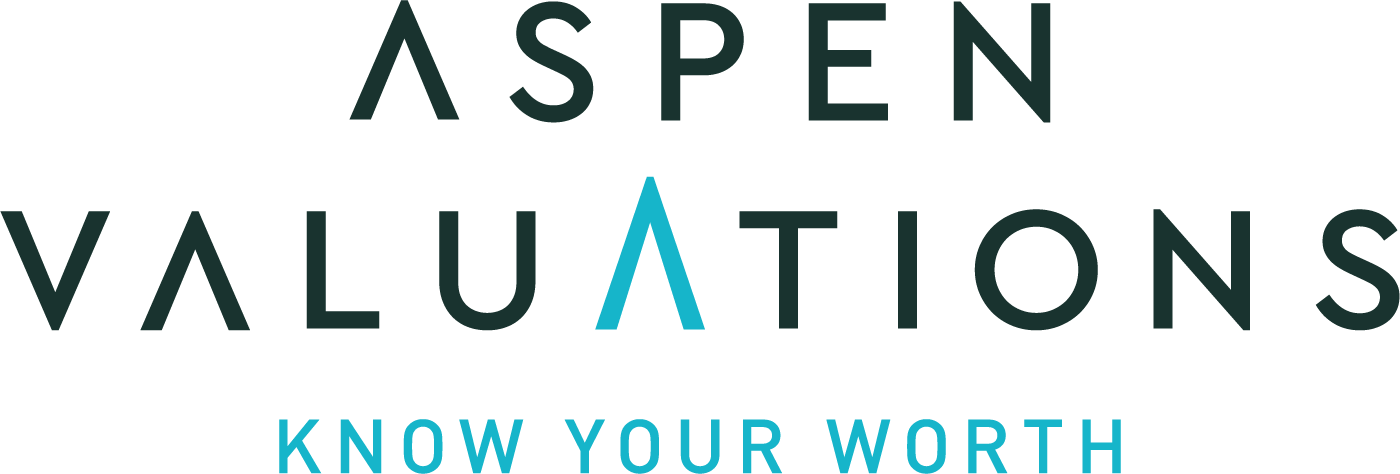Sales forecasting in COVID-era
2 min read.
Sales and growth strategies are needed now more than ever before. Here’s why.
It’s difficult to consider building a sales forecast when the economy is down, and many businesses are struggling to keep their heads above water. But the fact of the matter is, the more planning you can do now, the more you’ll be able to implement future ideas while building confidence in your business, yourself, your teams, and for your potential banks/investors.
If you can work hard to provide a 6-month view, you can see through the fog while proving you have a handle on your growth strategy. Your team will be happy, investors will have peace of mind and you can sleep at night knowing your business will live to see another year.
In order to think through the long-term impacts of present decisions (while creating a better financial future for your company) sales forecasting must be implemented and run on a regular basis. This isn’t just a quarterly report thing!

Isn’t it hard to predict in an uncertain environment?
Yes! And this is why sales forecasting must be done more frequently than ever before. Implementing regular sales forecasts will allow your company to adapt to the rapidly changing market. Adjusting things like inventory, cancelling or modifying incoming orders to reserve cash on hand, avoiding crisis situations caused by consumer hoarding (hint, think toilet paper) … all of these activities can only benefit from increased forecasting.
This type of software isn’t just available to large corporations though!
Small businesses can easily access this type of forecasting software and are likely in a better position to pivot their operations in uncertain times. Their buying power may not be the same, but there aren’t levels upon levels of corporate control and approval to go through in order to change the business plan.
How can we sort through such massive amounts of information?
We’re not going to lie, figuring out what to input into these sales forecasts can sometimes be tricky. That’s why continuing to work with an accountant (and having regular calls with them) is a good idea.
They can help with sales and demand forecasting while keeping you on track and ensuring your time is spent helping your business recover, not dwelling on potentially lost sales compared to previous years.
Some businesses may even come out ahead of the game by implementing regular sales forecasting that considers new consumer habits, amongst other readily accessible information.
Why you should build multiple scenarios.
Anticipating the worst case/expected case/best-case scenarios will give you an acceptable range and from there, you can form appropriate strategies or identify areas of improvement for your sales team. Factors like demand, sales, and behaviors over the past 9 months are good indicators of what’s to come.
You can even get a head start by proactively contacting renewals in the 90-120-day range, offering incentives to both help customers and keep them on board, and keeping a close eye on the accounts receivable/offering shorter credit terms to keep cash flow in the black.
Conclusion
By building a sales forecast you are looking out for your company in more ways than one. You’re demonstrating that you anticipate you’ll be around to see the end of the pandemic, and you are also giving investors and your team something to believe in. Sales forecasting can help you make strategic business decisions that will carry you through to the other side!
Book a free consultation with us to chat more.
